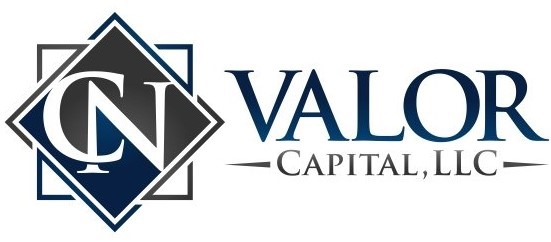An investment waterfall is a method of distributing profits from a private equity or real estate investment. This distribution of profits is done in a structured way, where each investor receives a portion of the profits in a pre-determined order of priority. Waterfall structures are designed to ensure that all investors are treated fairly, paying out returns in proportion to their investment levels while prioritizing the most senior investors. The manner in which the waterfall is structured depends on the type of investment being made, the size of the investment and the objectives of the investors.

Waterfall structures work by breaking down the distribution of profits into tiers. Each tier of the waterfall is sequential, meaning that profits must be distributed in the order specified by that specific tier. The first tier of the waterfall is typically reserved for the preferred investors, who receive a proportion of the profits before any other investors are paid out.
Preferred investors, also known as senior investors, are given priority in the waterfall structure. They are typically institutional investors or angel investors who invest large amounts of capital in exchange for a higher return on their investment. Preferred investors are placed at the top of the waterfall as their investment is considered the most “senior” in the structure, meaning they have the first claim on profits if a project sells.
Being a preferred investor means you are the first to be paid out from profits, before any other senior, mezzanine or common equity investors are paid. Preferred investors typically receive a preferential return rate, meaning they are guaranteed a certain percentage of the profits before the other investors. This preferential return can be fixed or variable, with the amount often decided at the outset of the investment and paid out annually or quarterly.
Preferred investors may also have additional rights, such as the ability to participate in project decisions, the right to elect a board member, and the option to convert their preferred equity to common equity. In exchange for these additional rights, preferred investors may pay a higher entry fee than other investors, and may also be required to hold their investment for a longer period.

While being a preferred investor comes with many benefits, it also has its downsides. With their higher level of investment, preferred investors are also exposed to higher levels of risk. Should the investment fail, they may be the first to lose their money. Additionally, the preferred status often comes with lower return rates compared to other investment types which offer higher risk for higher potential return.
In conclusion, being a preferred investor is a highly desirable position in an investment waterfall. They are given priority in the distribution of profits, receive preferential return rates and additional voting rights, which makes them important partners in a private equity or real estate investment. However, it is important to note that preferred investors are also exposed to higher levels of risk, and need to carefully weigh up the pros and cons of any investment opportunity before making a commitment.








